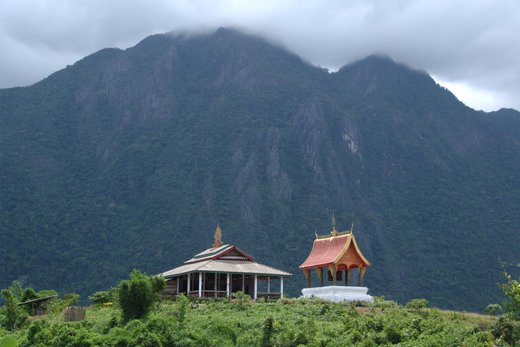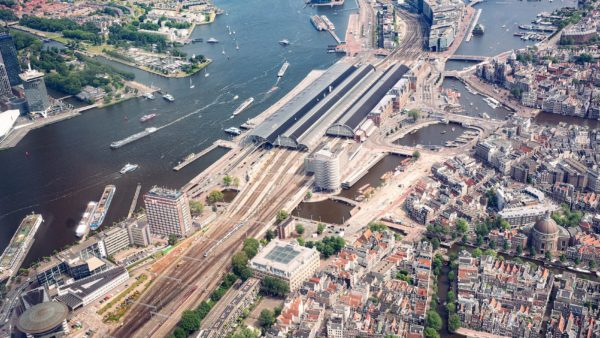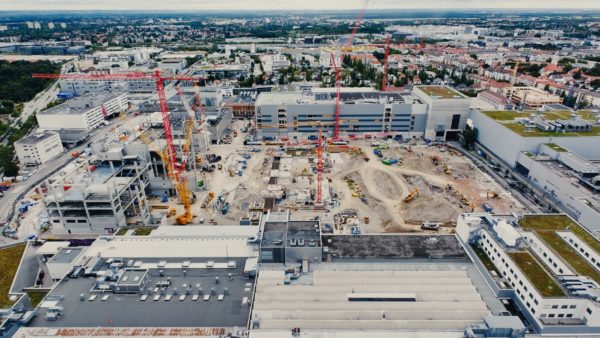22 January 2014
China’s plans to build a rail line to connect its system with the rest of south-east Asia – proposed in 2006, postponed in 2011, and reinvigorated last year – have raised concerns about Laos being swallowed economically and culturally by its giant northern neighbour.
The $6.2bn railway, planned to run from Kunming in China’s Yunnan province more than 700km southward to the Laotian capital, Vientiane, is the principal missing link in the region’s rail network, and its construction would be a giant step towards integrating the economies.
Connecting Kunming to Vientiane would lay the foundation for a continuous rail from China to Singapore, via Bangkok, then south through Thailand’s long peninsular south and on through Malaysia.
The scheme has suffered various setbacks, including the suspended death sentence handed to China’s ex-rail minister in July last year for corruption. But interest revived when leaders in China and Laos reaffirmed their commitment to the project in September.
Now, though, concerns have been raised over the impact China’s dominant economy will have on its neighbours in general, and tiny landlocked Laos in particular.
The route chosen, over the Annamite mountain range in Laos, could hardly be less friendly to a rail line. The extraordinary price tag reflects the high proportion of the route that must run through tunnels and over bridges.
Altogether, 154 bridges 76 tunnels and 31 train stations will be required in the Laotian leg. If all the tunnels through the geologically unstable limestone ranges of the Annamites were put together, they would stretch from Japan to Korea.
If this weren’t enough, the engineers will also have to deal with unexploded ordnance: during the Vietnam war, US bombers dropped more explosives on Laos than was dropped during the whole of the second world war.
The financial engineering required to make the project possible is every bit as ambitious as the physical.

Temple in Vang Vieng, Laos, among the mountains that will make the rail link costly and challenging (Wikimedia)
The cost of project will be paid for by Laos, which will borrow the money from China using its mineral wealth as collateral.
This loan represents something like 80% of Laos’ nominal GDP and will instantly make it the fourth most indebted country in the world, after Japan, Zimbabwe and Greece.
It has been estimated that the yearly interest on the loan would be something like 20% of Laos’ annual government spending.
These kinds of construction-for-raw-materials deals have been developed by China as a way of prising open the oil markets of Angola and Nigeria. However, those countries were insulated by their distance from China and their economic mass.
Concerns have been express that the combined effect of the loan, and immigration made possible by the rail link, will amount to a Chinese takeover of the country’s economy.
A teacher in the north-western Lao province of Oudomxai told a reporter from Britian’s Daily Telegraph: “Of course Lao people are worried about the impact of the railway and the number of Chinese coming here, but the reality is that we can’t stop the Chinese. They are everywhere already and there are so many of them. If they want to come to Laos, they will.”
Chinese residents make up 15% of Oudomxai’s population of 30,000, and the street signs are in both Lao and Mandarin.
Others in Laos are willing to accept the increase in Chinese influence in return for the benefits that the line will bring – at present the country’s only track is the 4km stub that connects Vientiane with the Thai network.
Ekaphone Phouthonesy, deputy editor of the government-owned Vientiane Times, told a reporter from Time magazine: “Lao people consider the high-speed railway as a symbol of the modernisation as they see on foreign TV. The business sector has also welcomed the development as they believe cheap transportation will make cost of production low.”
At present there is a large rail network in south-east Asia, but it is split into separate systems. Ultimately the economists and rail enthusiasts envisage a grand system that links China with Singapore to the south and, through Myanmar and Bangladesh, to India in the west. This is some way off, however.
The decision to pursue the Kunming-Vientiane scheme despite the exorbitant cost, and the disgrace of the Chinese rail minster who ordered it reflects the fact the 2,500m peaks of the Annamites are less insuperable than the political division between the region’s states.
China would have preferred to build the Vientiane line through Vietnam, but the Vietnamese, who are still the biggest investors in Laos, have a project of their own to the east – a $5bn high-speed railway that cuts through Laos’ Savannakhet province to Thailand.
As The Economist notes, they cannot be expected to take kindly to any Chinese proposal to laying tracks through their territory.










